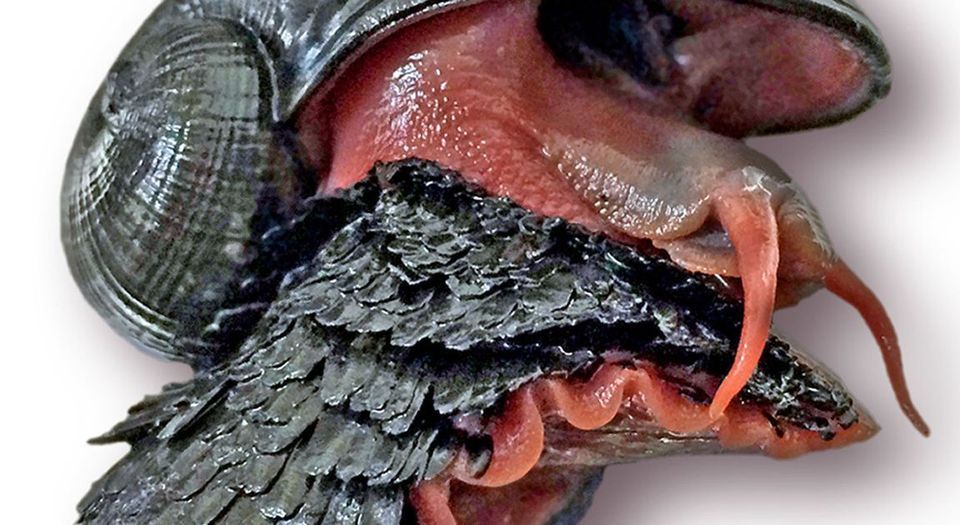Straight from the year 2029.
Get the latest international news and world events from around the world.



The Hallmarks of Aging: Mitochondrial dysfunction | LifeXtenShow
Your cells teem with small machinery and devices of all kinds, including teeny tiny batteries called mitochondria. Just like real batteries, they can malfunction, but replacing them isn’t that easy. In this episode, Veera explains what happens to our microbatteries with aging and what we can do about it.


Breakthrough COVID-19 treatment developed by UAE stem cell center with promising initial results
The new coronavirus invades the body through a spike protein that lives on the surface of virus cells. The S protein, as it’s called, binds to a receptor called angiotensin-converting enzyme 2 (ACE2) on a healthy cell’s surface. Once attached, the cells fuse and the virus is able to infect the healthy cell.
ACE2 receptors are present on cells in many places throughout the body, and especially in the lungs. Cells in the lungs are also some of the first to encounter the virus, since the primary form of transmission is thought to be breathing in droplets after an infected person has coughed or sneezed.
That’s why it was necessary to upgrade Stem Cell Neurotherapy for COVID-19 by adding T-Cells, B-Cells, and Natural Killer Cells to the arsenal. It was not enough to just regenerate new lung cells to replace the lung cells infected by COVID-19, but the COVID-19 Virus Cells had to be attacked and destroyed in order to prevent them from invading and infecting the newly regenerated lung cells.
So, that’s where the idea of using T-Cells, B-Cells, and Natural Killer Cells, usually used in attacking cancer cells, came from.
A patent has been granted by the Ministry of Economy for the development of an innovative and promising treatment for COVID-19 infections using stem cells. The treatment was developed by a team of doctors and researchers at the Abu Dhabi Stem Cell Center, ADSCC, and involves extracting stem cells from the patient’s own blood and reintroducing them after activating them.
The patent was granted for the innovative method in which the stem cells are collected.

You CAN live forever… as long as you are a flatworm, say scientists
Circa 2012
Forget expensive lotions and potions – the key to becoming immortal could be found in flatworms, scientists say.
The worms, which live in lakes and ponds, hold the remarkable ability to regenerate time and time again – effectively living forever.
If one is cut in half, the head portion grows a tail and the tail portion grows a head. Cut it into 20 pieces and 20 new worms, each an exact copy of the first, are created.
Regeneron ISEF Goes Virtual in 2020
Virtual #RegeneronISEF brings together the science and engineering community for a celebration of STEM in a free online event featuring top scientists and influential entrepreneurs. Register today!
